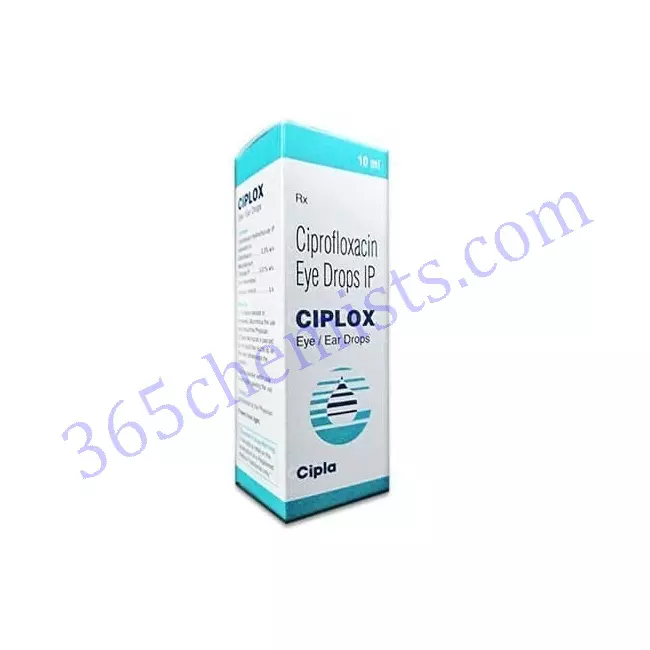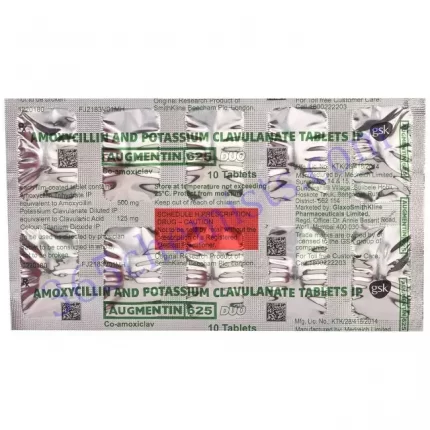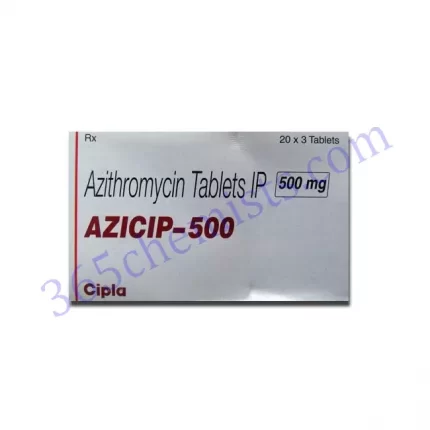Ciplox Eye Drops: Effective Treatment for Ocular Infections
Ciplox Eye Drops are a tried-and-true ophthalmic solution that contain Ciprofloxacin 0.3% as their primary therapeutic component. Antibiotics of the fluoroquinolone class, such as this one, have been developed especially for the treatment of ocular infections. Ciplox Eye Drops are a common treatment for a variety of bacterial eye infections, such as conjunctivitis, corneal ulcers, and other bacterial inflammations of the eye that are caused by bacteria. Eye care professionals commonly prescribe this treatment.
Understanding Ciprofloxacin
Ciprofloxacin, the primary ingredient in Ciplox Eye Drops, achieves its antibacterial effect by inhibiting the DNA gyrase enzyme in bacteria that are susceptible to its effects. Because of this action, the replication and synthesis of bacterial DNA are prevented, which in turn leads to the cessation of the infection as well as the restriction of the growth of bacteria. Because ciprofloxacin is effective against both Gram-positive and Gram-negative bacteria, it can be used to treat a wide variety of eye infections. This makes it one of the most widely used antibiotics for treating eye infections.
Indications and Usage
The use of Ciplox Eye Drops is recommended for the treatment of bacterial eye infections brought on by organisms that are susceptible to the medication. Patients suffering from conjunctivitis, also known as “pink eye,” which is characterised by redness, itching, and discharge from the eyes, frequently receive this medication as a prescribed treatment. Ciplox Eye Drops are also used for the management of corneal ulcers, which are open sores that can develop on the cornea as a result of infections or injuries. These can be caused by a number of different things. In addition, the eye care professional who examines the patient will determine whether or not it is appropriate to prescribe it for other bacterial inflammations of the eye.
Dosage
Ciplox D Eye/Ear Drops
Ciplox TZ H Tablet
CIPLOX 750MG
CIPLOX 500MG
CIPLOX 250MG
Ciplox TZ Tablet
Ciplox Eye Drops
Dosage and Administration
It is imperative that the dosage and application of Ciplox Eye Drops be carried out in accordance with the instructions provided by the eye care professional. Depending on how severe the infection is, one to two drops are typically put into the affected eye(s) every four to six hours. This number of drops is determined by the severity of the infection. In order to prevent contamination, it is essential to wash one’s hands before administering the drops and to refrain from touching the tip of the dropper at all times. In order to create a pouch that can hold the drops, the head should be tipped back, and a gentle pull should be applied to the lower eyelid. Following the administration of the medication, the eye should be gently covered with a bandage and a finger should be placed on the inner canthus of the eye. This will prevent the solution from entering the tear duct. Using a clean tissue, you can remove any excess solution that has been applied.
Contraindications and Precautions
Individuals who have a known hypersensitivity to ciprofloxacin or any other fluoroquinolone antibiotics should not use Ciplox Eye Drops because they are not safe for use in these patients. Patients who have an eye infection caused by a virus or fungus should not receive treatment with it. Individuals who have a history of hypersensitivity reactions or allergies should proceed with caution when taking any medication, as this is standard practise. Stop using the drops immediately and make an appointment with the eye care professional who prescribed them if you experience any discomfort, irritation, or worsening of symptoms.
Possible Side Effects
Ciplox Eye Drops are generally well-tolerated, but as is the case with any medication, there is always a possibility that they could cause some unwanted side effects in extremely rare instances. The most common adverse reactions include mild burning or stinging sensations upon instillation, momentary blurred vision, and fleeting redness or itching of the eyes. Other common reactions include temporary blurred vision. These negative effects typically only last for a short time and go away on their own. It is imperative to seek immediate medical attention in the event that any adverse effects, no matter how mild, develop into something more serious, such as severe eye pain, eye swelling, or changes in vision.
Important Considerations
It is essential to finish the entire course of treatment that has been prescribed by the eye care professional, even if the symptoms improve or disappear before the treatment period comes to an end. If you stop using the drops too soon, there is a chance that the infection will not be completely eradicated, which could lead to a return of the condition. In addition, it is not recommended to wear contact lenses during the treatment period unless specifically instructed to do so by an eye care professional. During and after treatment with Ciplox Eye Drops, it is essential to carefully adhere to all of the instructions pertaining to the wear of contact lenses as well as their cleaning and disinfection.
Conclusion
Ciplox Eye Drops, which contain 0.3% ciprofloxacin, is a treatment option that has been proven to be reliable and effective for the treatment of bacterial eye infections. Because of its efficacy against a wide variety of bacteria and the ease with which it can be administered, it is the treatment of choice for medical professionals who specialise in eye care. Ciplox Eye Drops, when used in accordance with the manufacturer’s instructions, can help alleviate symptoms and eliminate bacterial eye infections, thereby enabling a speedier recovery and improved ocular health. If you have any questions or concerns about Ciplox Eye Drops, it is best to consult with an eye care professional in order to receive individualised advice and direction on the matter.












